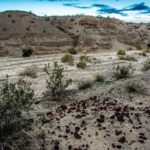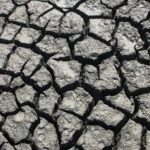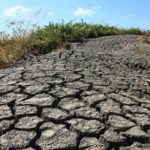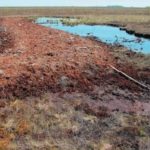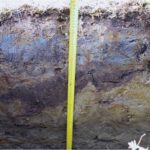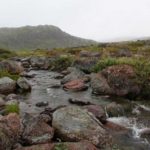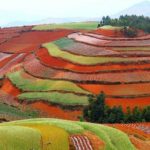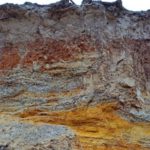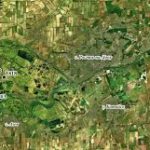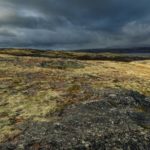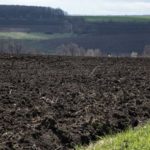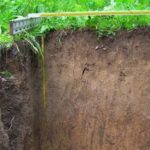The characteristics of soils are determined by the processes that occur during their formation and development. They determine the type, properties and value of economic use of land. Let's consider the features of azonal soil types, their main characteristics, classification, factors and processes of formation, how zonal, intrazonal and azonal soils differ, where they are mainly distributed.
Definition and characteristics
Azonal soils are intermediate formations of rocks that do not yet have all the characteristics characteristic of a particular type of soil.This is due to the fact that soil formation processes have not yet been completed (young soils) or they are interrupted for geological reasons, for example, as a result of washout or deposition of alluvium.
Intrazonal soils are soils that are not formed in accordance with the climate of a given area. Plots can be large in area, cross zonal soils, while maintaining their characteristics. Such lands can be located in different zones and altitudes. But even being on different continents, intrazonal soils can be similar.
Classification of intrazonal soils
These include floodplain (alluvial), mountain and saline. Floodplains are formed in river floodplains under the influence of high humidity and are naturally fertile. Alluvial soils are mainly turfy and gray-humus.
The group of saline soils includes solonchaks, solonetzes and solods. These are lands with a high salt content. Due to the toxic effects of salts on plant growth, saline lands are almost unsuitable for agriculture.
Mountain soils are subject to vertical zoning. Climatic conditions, plant and animal species change with the altitude of the area. As a result, the zones change in the same sequence as horizontally. Subtypes of mountain soils: forest, podzolic, turf, meadow, meadow-steppe, taiga, tundra.
Bog peat also belongs to the intrazonal category. They are formed in areas with low relief with obligatory waterlogging, subject to insufficient air supply.
Forming factors
Intrazonal soils go through all stages of soil formation, but acquire special features after they are exposed to certain external factors or when one of them changes abruptly. For example, the formation of this type of soil is caused by a river flood or a volcanic eruption.
Difference from zonal and azonal soils
Zoning is mainly influenced by climate, which naturally changes with geographic latitude. The formation of soils is influenced by illumination, humidity levels, and vegetation. Examples of alternation of zonal types are clearly visible in both hemispheres from the equator to the poles.
Azonal soils differ from zonal soils in age and have different characteristics, since they are at the initial stage of formation. Over time, they will acquire features characteristic of this natural area.
Prevalence
Intrazonal and azonal soils are found in all climatic zones: tundra, forest-tundra, forests, swamps, forest-steppe, steppe, and semi-deserts. Azonal - these are young rocky or loose sandy ones, formed on fresh alluvium, which have not yet acquired the properties of soils in their area.
Intrazonal are found in swampy areas, formed on carbonate rocks that pass through several soil zones. Swamps are located in the taiga and tundra, less often in regions to the south. Saline types are found mainly in river floodplains and mountainous areas.
What the soils will be like in a certain area usually depends on climate conditions, levels of humidity and insolation, and vegetation. Formation processes are subject to the influence of these factors. But in some cases, soils are affected by one specific factor that changes their properties. Young soils do not have zoning due to the fact that they are at the beginning of their formation.

